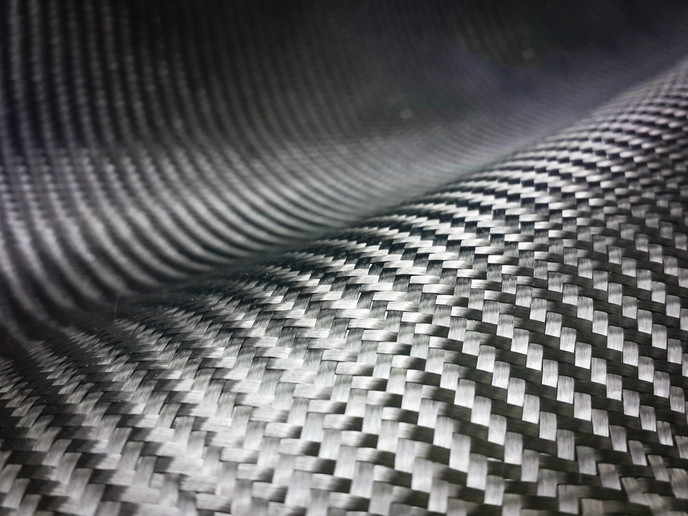Multi-material lightweight components for use in cars and aircraft
With the growing need to reduce CO2 emissions, automotive and aircraft manufacturers have been increasingly focusing on using lighter materials to reduce weight, and hence fuel consumption. To address the rising demand for such components, the EU-funded ComMUnion project has developed cost-effective industrial processes and solutions for hybrid lightweight design by combining metal and polymer matrix composites. A press release by the Fraunhofer Institute for Production Technology IPT, one of the research institutes of project partner Fraunhofer-Gesellschaft, states: “The new hybrid manufacturing process is based on a combination of laser texturing and laser-assisted tape placement: For this purpose, components are first pre-processed using the laser to provide a specially developed, defined, rough surface structure.” It adds: “The textured surface allows the continuous fiber-reinforced thermoplastic lightweight materials, which will later be used for stiffening, to be bonded directly to the steel component. The bond is then mechanical, eliminating any need for additional pre-treatment measures or additional adhesion promoters, such as adhesives or bonding agents.”
Mass production potential
Thanks to the combined process, “no further post-processing steps, such as curing operations, are required to consolidate the material after tape placement,” according to the same press release. This means that the technique is particularly suitable for mass production. “Additionally, precision localized heating reduces distortion and residual stresses while joining the two materials. The laser texturing process, which has been developed at the Fraunhofer ILT [Fraunhofer Institute for Laser Technology], can also be applied in a reproducible way to the metal surface, precisely at the locations where the textures are needed. Additionally, the laser is not subject to any tool wear.”
Industrial applications
Researchers involved with the project have manufactured “a hybrid lightweight rocker panel, a body component for the automotive industry, to test and prove the functionality of the process combination,” as noted in the press release. The ComMUnion (Net-shape joining technology to manufacture 3D multi-materials components based on metal alloys and thermoplastic composites) project ended in May 2019. It was set up to create a robotic system for developing advanced joining and assembly processes for multi-material components. According to a video summarising the project’s key achievements, there has been a reduction of 7-15 % in the use of high-cost and critical materials compared with current manufacturing processes. ComMUnion has also helped increase the mechanical performance of components by up to 30 % without further costs. This was due to the reinforcement of textured metallic surfaces with carbon fibre-reinforced thermoplastic tapes. In addition, fuel savings have been materialised due to the weight reduction in components of up to 10 % and 15 % in vehicles and aircraft, respectively. The ComMUnion manufacturing process has also helped lower the environmental impact and carbon footprint by over 10 % in selected components, as explained in the same video. For more information, please see: ComMUnion project website
Countries
Spain



